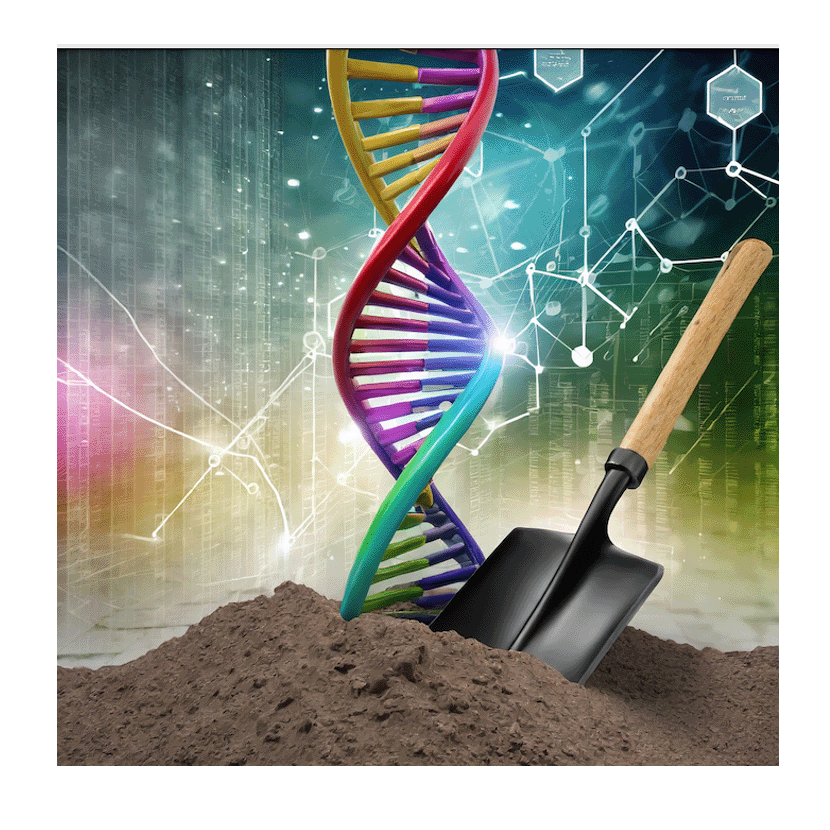Explore the dark genome using BLAST and a relational database

Systematic, sequence similarity search-based genome screening is a powerful approach for identifying and characterising genome features in silico. This approach extends the basic sequence similarity search by:
- Performing multiple searches systematically, involving various query sequences and/or target databases.
- Classifying “hits” (matching sequences) via comparison to a reference sequence library curated by the investigator.
Database-integrated genome-screening (DIGS) is a form of systematic genome screening in which a BLAST-based screening pipeline is linked to a relational database management system. This provides a robust foundation for implementing large-scale, automated screens, and enables a 'database querying' approach to investigating screening output.
This website provides information about the DIGS tool - a software framework for implementing DIGS.